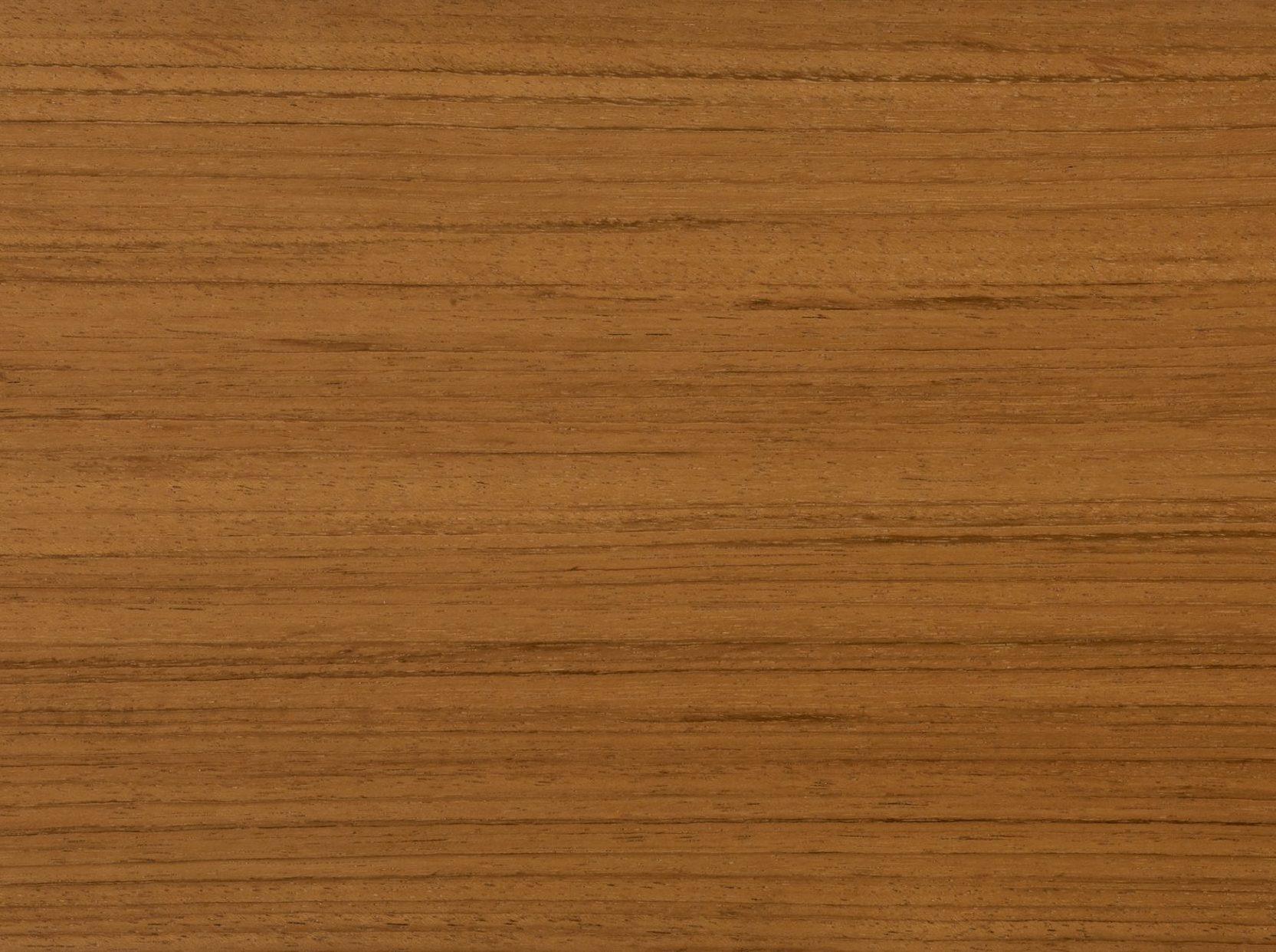
Jatoba
Hymenea courbaril

Handelsname
Brasilkirsche, südamerikanische Kirsche, Jatoba, Animebaum
Ursprungsland
Mittel- und Südamerika, Antillen
Vorkommen
Das Vorkommen der Holzart Jatoba ist auf das tropische Amerika begrenzt. Dort erstreckt sich sein natürliches Wachstumsareal von Mexiko und Westindien bis Paraguay und Bolivien. Hauptsächlich ist es im nördlichen Brasilien – Amazonasbecken - und den Guyana-Ländern beheimatet. Die Bäume sind meist regelmäßig zylindrisch und daher gut für die Furnierherstellung geeignet. In Mittelamerika ist diese Holzart auch als Guapinol bekannt.
Verwendung
Im Furnierbereich wird Jatoba in der Hauptsache als Parkettholz verwendet, eher seltener als Möbelholz in der Serienmöbelfertigung. Gerne wird Jatoba auch als Terassenholz eingesetzt, da es ziemlich widerstandsfähig gegen Pilze und Insekten ist.
Eigenschaften
Jatoba hat eine intensive rötlich braune Farbe, die relativ einheitlich und ohne starke Farbschwankungen ist. Im Furnierbereich unterscheidet man zwischen eher hellbrauner und eher rötlicher Farbe und setzt entweder die eine oder die andere ein, jedoch nicht gemischt.
Verarbeitung
Eine mechanische Bearbeitung erfordert entsprechend der überdurchschnittlichen Härte dieses Laubholzes einen höheren Kraftaufwand. Erleichterung verspricht die Verwendung von hartmetallbestückten, scharfen Werkezeugen. Jatoba lässt sich gut sägen, schleifen, bohren und drechseln, aber schlecht hobeln. Für Schrauben und Nägel ist vorzubohren.
Trocknung
Sowohl Freiluft- als auch technische Trocknung verlaufen im Verhältnis zur hohen Dichte des Holzes schnell und bei geradem Faserverlauf ohne besondere Schwierigkeiten.
Oberfläche
Aufgrund des überwiegend geraden Faserverlaufes entstehen beim Hobeln, Fräsen, Bohren, Drechseln und Schnitzen glatte, matt glänzende Flächen und saubere Kanten. Das Holz ist sehr gut lasier- und lackierfähig.
Verleimung
Bei der Verleimung dieser Holzart sind keine Probleme bekannt.

